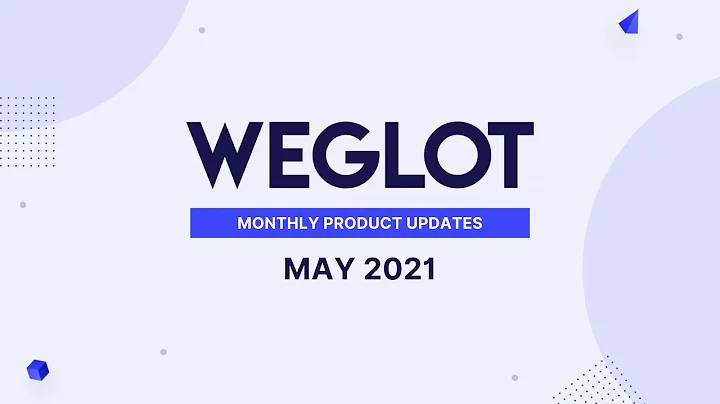Sync Google Sheets to Create a Powerful Store Locator
Table of Contents:
- Introduction
- Setting up a Storepoint Store Locator Account
- Creating a Google Sheet with Location Information
- Customizing the Google Sheet Template
- Sharing and Syncing the Google Sheet
- Checking the Sync Status
- Previewing the Store Locator
- Filtering and Searching on the Store Locator
- Customizing the Store Locator Sidebar
- Final Steps and Conclusion
Introduction:
In this tutorial, we will learn how to set up a Google Sheet with location or store information and sync it automatically with the Storepoint store locator. By following these steps, you will be able to create a Google Sheet that contains your store or location information and have it seamlessly update on the store locator embedded on your website. This tutorial will guide you through the process of creating a Storepoint store locator account, setting up the Google Sheet, customizing the template, and previewing the store locator. So let's get started!
1. Setting up a Storepoint Store Locator Account
To begin, you will need to create a Storepoint store locator account if you don't already have one. Go to storepoint.co or click the link provided in the description below. Sign up for an account and proceed to the next steps once your account is set up.
2. Creating a Google Sheet with Location Information
The next step is to create a Google Sheet that contains your store or location information. Go to sheets.google.com or click the link provided, and create a new sheet. Make sure to download the provided template and use it as a guide when setting up your Google Sheet. The most important columns to include in your sheet are the name and address. You can also add optional columns for additional contact information, website, and tags to categorize your locations.
3. Customizing the Google Sheet Template
Once you have created your Google Sheet, you can customize it according to your preferences. The template already includes the necessary columns, but you can modify the categories, column names, or add additional information as needed. Remember to keep the name and address columns mandatory, as they are essential for syncing with the store locator.
4. Sharing and Syncing the Google Sheet
After filling out your Google Sheet, click on the "Share" button and copy the shareable link. Make sure to set the permissions to "Anyone with the link can view." Copy the link and go back to the Storepoint settings page. Paste the Google Sheet URL in the designated field and click "Save" and "Start Daily Sync." This will add your Google Sheet to the sync queue, and it will start syncing shortly.
5. Checking the Sync Status
You can check the status of the sync by refreshing the Storepoint settings page after a few minutes. Once the sync is completed, you will be able to see the updated information on your store locator. Ensure that everything is synced correctly and running smoothly before proceeding.
6. Previewing the Store Locator
Before embedding the store locator on your website, it's crucial to preview it and make any necessary customizations. You can access the preview page by scrolling to the bottom of the Storepoint settings page and clicking "Preview Map." Here, you can see the color-coded map with the ability to filter locations by type and search for specific locations. Take this opportunity to ensure that the store locator looks and functions as desired.
7. Filtering and Searching on the Store Locator
On the embedded store locator, users will be able to filter locations by categories or search for specific locations using keywords. For example, you can filter locations by cafe, opera house, or tower. Users can also perform searches based on specific criteria such as city or country. Make sure to test these features to ensure a seamless user experience.
8. Customizing the Store Locator Sidebar
The store locator sidebar can be customized to display additional information or features. You can choose to show tags or categories in the sidebar, along with the directions button. Depending on your preferences, you can enable or disable certain elements to create a clean and user-friendly interface.
9. Final Steps and Conclusion
That's it! You have successfully set up a Google Sheet that syncs with the Storepoint store locator. Any updates or edits made to the Google Sheet will automatically reflect on the store locator embedded on your website. Remember to choose a suitable sync schedule and update frequency based on your preferences. If you have any further questions or need assistance with your specific use case, visit storepoint.co and start a chat with their support team. Enjoy utilizing this powerful tool to enhance your store location management!
FAQ:
Q: Can I customize the appearance of the store locator?
A: Yes, you can customize the store locator's appearance, including the map colors, sidebar layout, and information displayed.
Q: How often does the Google Sheet sync with the store locator?
A: The sync frequency can be adjusted based on your preferences, but the default is usually set to update overnight.
Q: Can I categorize my locations using custom tags?
A: Yes, you can use the tags column in the Google Sheet to categorize your locations based on your specific criteria or requirements.
Q: Is the store locator compatible with all website platforms?
A: Yes, the store locator can be embedded on any platform, making it versatile and adaptable to your website's needs.






















